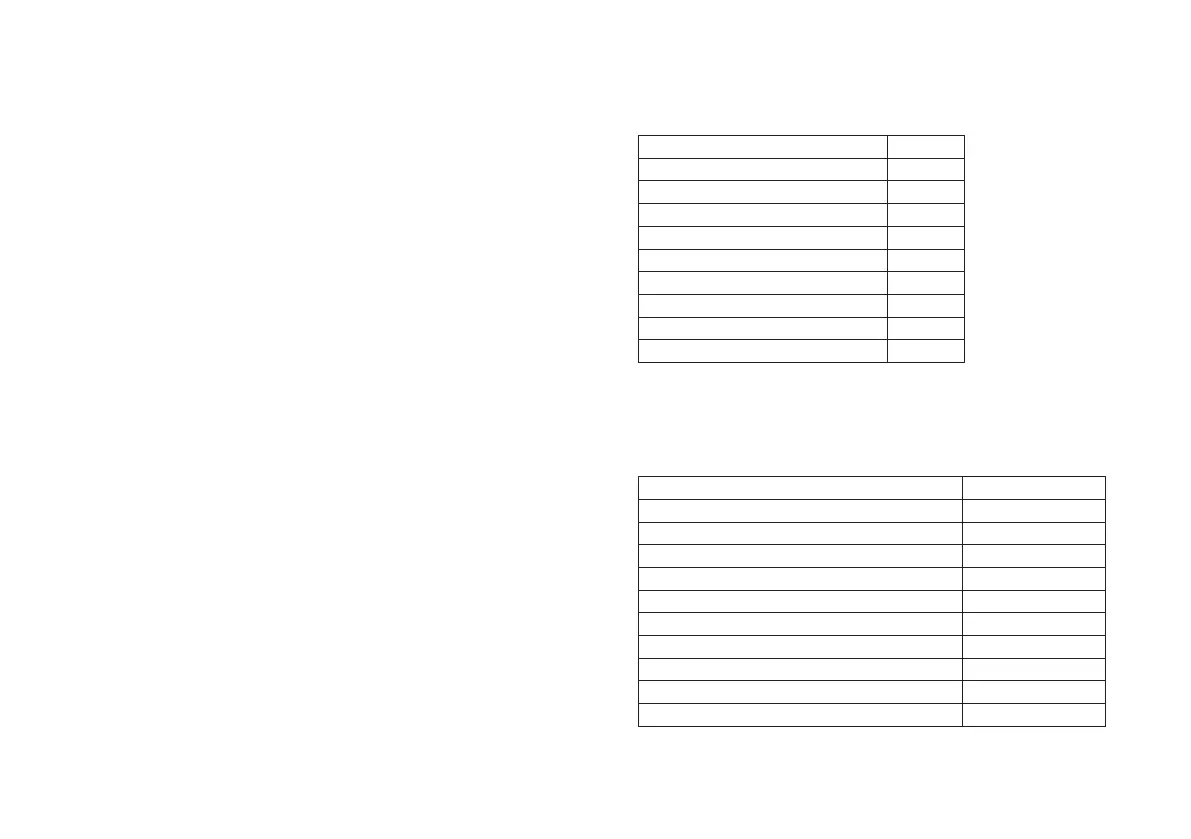 Loading...
Loading...
Do you have a question about the Silver Fox Avant 485 and is the answer not in the manual?
Checking weather, boat category, and crew skills for safe travel.
Guidelines for distributing load and avoiding overload for stability.
Ensuring sufficient life vests and briefing passengers on duties.
Verifying adequate fuel levels and reserves for the journey.
Checking steering, electrical systems, battery, and daily engine checks.
Ensuring proper engine compartment ventilation before starting.
Securing items properly to prevent shifting during transit.
Importance of having adequate charts for safe navigation.
Crew coordination for safe departure and landing operations.
Definition of DANGER for serious risk of injury or death.
Definition of WARNING for risk of injury or death.
Definition of CAUTION for safe procedures or damage prevention.
Requirement for motorboat registration in the National Craft Register.
Importance of boat insurance for damage and maritime safety.
Recommendations for boating courses and gaining experience.
Manual's role in familiarizing users with boat characteristics.
Technical specifications and data for various Silver boat models.
Design criteria for Category C voyages and associated conditions.
Design criteria for Category D voyages and associated conditions.
Table specifying passenger capacity for each boat model.
Details on permissible load components and weight distribution.
Location of thru-hulls and shutoff valves for drainage control.
Operation and function of the automatic electric bilge pump system.
Engine compartment ventilation and safe refuelling practices.
Safety guidelines for paraffin heaters and refuelling.
Details on fire extinguishers and essential safety precautions.
Explains circuit breaker positions and their functions.
Identifies instruments, switches, and fuses on the control panel.
Advice on power trim adjustment and speed control for high-speed operation.
Ensuring a clear and unobstructed view from the helm.
Procedures for safely re-boarding after falling overboard.
Designated stowage locations for life rafts on specific models.
Importance of adequate ventilation when using the stove.
Proper methods for securing loose heavy items on board.
Guidelines for environmentally responsible boating practices.
Recommendations for mooring lines, anchors, and towing procedures.
Considerations for transporting the boat on a trailer.
Essential steps for preparing the boat before winter storage.
Proper methods for washing and cleaning the boat's exterior.
Service and storage recommendations for the winter period.
Step-by-step instructions for repairing minor gelcoat damage.
Visual layouts and general arrangement drawings of boat models.
Statement confirming compliance with relevant directives.
Detailed technical data and tank volume information.
Diagrams illustrating the boat's electrical system configurations.
A diagram illustrating the fuel tank system layout.